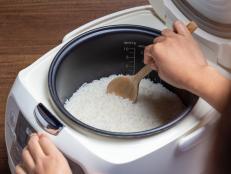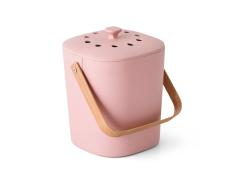How to Get Rid of Fruit Flies
More than just a nuisance, a single fruit fly can lay up to 50 eggs per day. Here's what to do if they take up residence in your house.
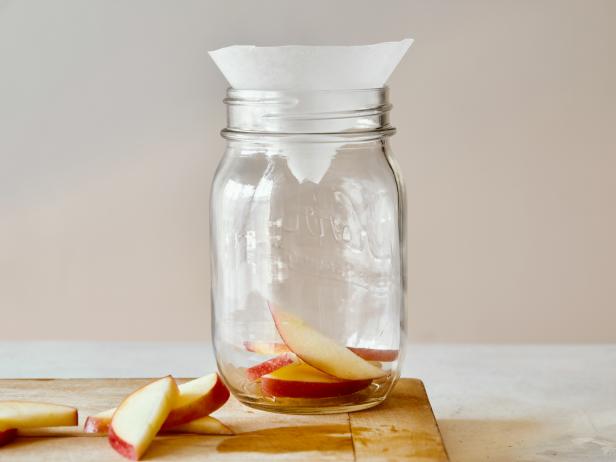
Teri Lyn Fisher
No, those tiny dots flying erratically in your kitchen are not hallucinations, but rather fruit flies. They don't bite, but they can carry bacteria from one source to another and they reproduce rapidly. One female can lay up to 50 eggs per day, each of which will grow from larvae to adult within a week. Eliminate them once and for all with these tips.
What are fruit flies and where do fruit flies come from?
Fruit flies look like tiny reddish-brown flies. You’ll probably see them fluttering around your kitchen, possibly near the fruit bowl. Although fruit flies can come in from through your open windows, they’re typically brought in from the grocery store on fruit and vegetables. They lay their eggs in rotting produce and sugary surfaces, and they enter into fruit in the grocery store through any knicks or cuts on the fruit’s surface.
To get rid of an infestation, first toss everything that attracts them.
The first step of getting rid of fruit flies is banishing anything that they could lay their eggs on. Toss any ripe of fruit vegetables that are sitting out in your kitchen (after hatching, fruit fly larvae will tunnel their way into the food and begin feeding). Store new produce in the refrigerator until you’ve eliminated the infestation. Take out the garbage and clean all containers and surfaces — including the bottom of your trash can — of spills and food residue that could be nourishing these pests. Don't forget the drain: it's a moist environment that may contain fermenting waste. Finally, because fruit flies thrive in warm environments (they’ll usually infest during warmer months of the year), turn up your air conditioning to create unfavorable living conditions.
Next, trap those fruit flies.
There are several effective ways to catch fruit flies, depending on your preferences and the supplies you have on hand.
Jar and Funnel Trap (pictured above)
- Place some bait inside a glass jar —overripe produce, ketchup or a fermented liquid like apple cider vinegar, beer or wine will all work.
- Then place a funnel over the opening of the jar with the spout pointing down to create a tiny entrance that is easy for the flies to get into but almost impossible for them to exit. (In place of the funnel you can also use a paper cone.)
- As the jar fills up, you can wait for the flies to expire before emptying it, or you can put the jar in the freezer to speed up the process.
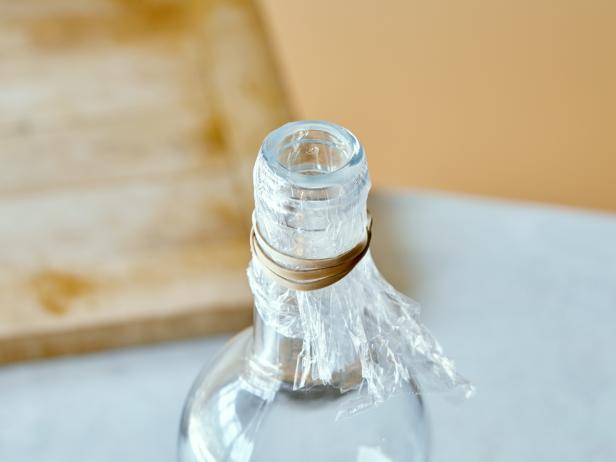
Teri Lyn Fisher
Bottle and Plastic Wrap Trap
- This method is ideal if you have a nearly empty bottle of vinegar, beer or wine. Cover the opening securely with plastic wrap and poke a hole or two in the plastic.
- As with the funnel method, the fruit flies will be able to make their way in through the holes but won't be able to get out. Wait until they’re no longer moving — floating on the surface of the liquid — before tossing the empty bottle (there’s no need to remove the plastic wrap).
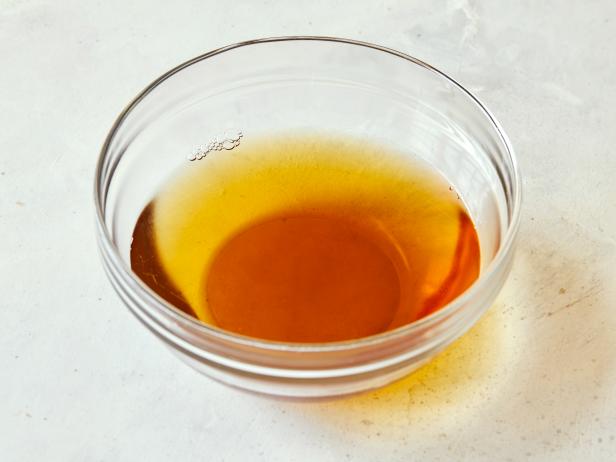
Teri Lyn Fisher
Bowl and Soap Trap
- For extra-tough cases, this is the way to go. Fill a microwave-safe bowl with apple cider vinegar and a few drops of dish soap.
- Microwave the bowl so the mixture becomes even more aromatic.
- Leave the bowl out uncovered as fruit fly bait. The soap will reduce the surface tension, causing any fruit fly that lands on the surface to drown.
Prevent a future fruit fly infestation by taking these steps.
Prevent fruit flies by thoroughly checking the produce you buy to make sure there are not cracks or nicks where fruit flies could be hiding. Wash and dry unrefrigerated produce as soon as you bring it home to remove any eggs on the surface. Fruit flies lay their eggs on anything sugary or fermented, so make sure you regularly clean up spills, take the garbage out, and clean your sink drain.
Related Links:








































